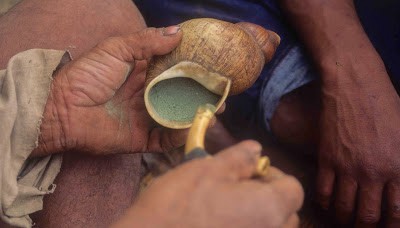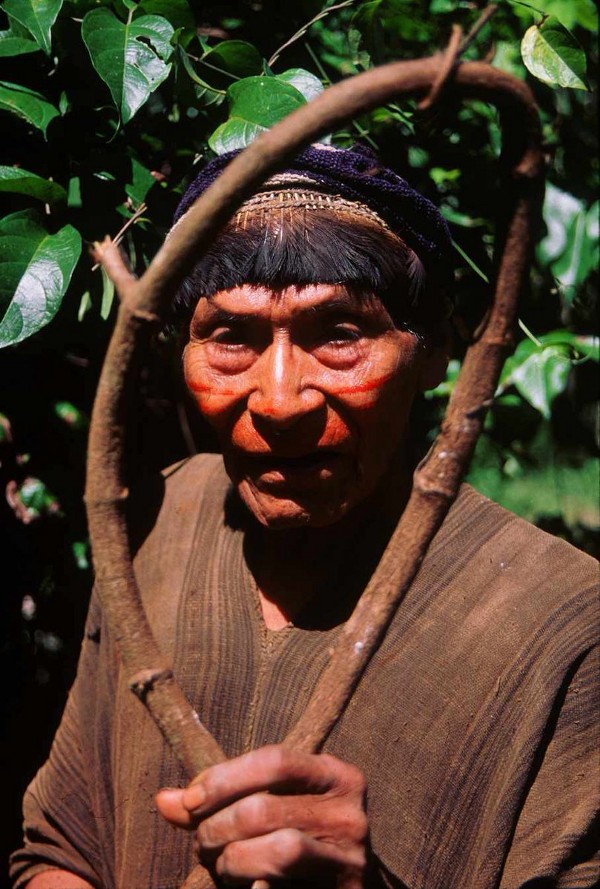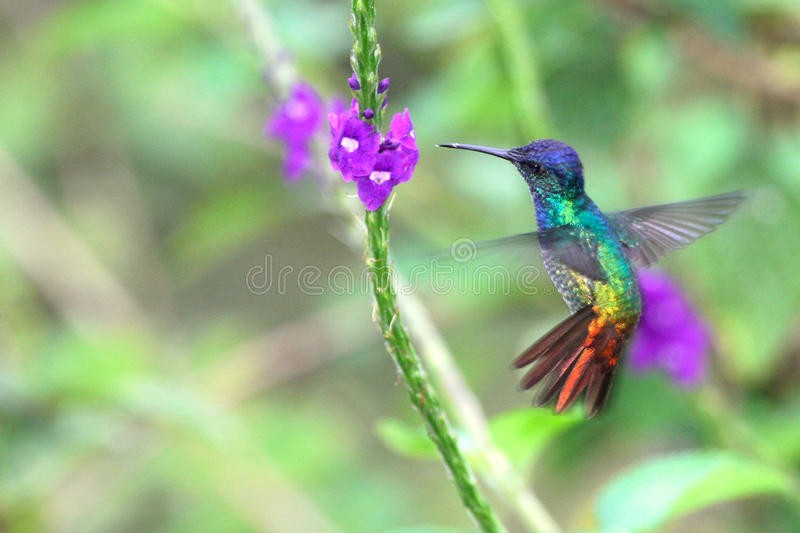Presenting a popular feature from our print issue 2.1, “Bedeviled”: We invite you to go deep into the Amazon and dig into the snuff pots with intrepid ethnobotanist and ethnographer Glenn H. Shepard, Jr. You’ll learn about the arcane culture of altered states and finish off with a long hard dose of ayahuasca, courtesy of BROAD STREET. Click the title to jump right into the full article, or sample a bit from the shell below.
With photographs by the author.
————
Agony and Ecstasy in the Amazon
Tobacco and the hummingbird shamans of Peru.
Never tell a Matsigenka shaman his tobacco snuff is anything but katsi, “extremely painful.”
I learned this lesson the way I learned most of my lessons during ethnographic fieldwork and in life generally — the hard way. Many years ago, in a village at the headwaters of the Manú River in the Peruvian Amazon, my friend Shumarapage initiated me into the pungent delights of seri, a fine green powder of tobacco and ash that Matsigenka men blast up one another’s nostrils to dispel fatigue, treat colds, build bonds of friendship, share shamanic powers, or just get plain smashed.
That first time, Shumarapage punished me with an intentional overdose. “Just one more puff,” he kept saying, until ten hits later I was lying in a puddle of green snot and vomit while a crowd of men, raucous on manioc beer, laughed all around me (the Matsigenka have a rather harsh sense of humor).
Among the Matsigenka, such an episode is nothing to be ashamed of: on the contrary, guests are expected to overindulge as a sign of appreciation. And so despite this traumatic initiation, I soon came to savor the sharp sting of tobacco, crave the euphoric rush of nicotine, even appreciate the purifying bouts of retching that sometimes follow a binge.

A shell packed with snuff.
Matsigenka men usually share tobacco at dusk, as the cooking fires begin to flicker against the black wall of the surrounding forest and cicadas, frogs, and nocturnal birds tune up for an all-night symphony. A pair of men, usually brothers-in-law or other close kinsmen, sit facing one another on a dingy cane mat in the sandy plaza between thatched houses where women cook, gossip, nurture young ones, and laugh while children sleep or play. (Women rarely participate in snuff sharing these days.)…
When the first dose (what the Matsigenka call a single “nostril-full” — panakitero — though it is in fact several) is complete, the recipient recoils from the tobacco bone — sometimes grimacing and hacking, sometimes sneezing and rubbing his head, sometimes wiping away tears and crying out as the nicotine burns and stings its way into his mucous membranes. And yet despite the pain, rarely if ever does he pull away after the promised “two nostrils’ full”: Matsigenka etiquette is full of subtle demurring, self-deprecation, and understatement.

They repeat the cycle again and again, scooping snuff, ringing bone on shell, blasting tobacco, until the recipient finally whimpers, “Intaga!” Enough. And then the two switch roles, as the man holding the tobacco bone turns the barrel on himself and packs doses of snuff for the other man to blow up his nose in return.
Soon both are nearly prostrate in nicotine intoxication, with watery eyes, slack faces, sweaty palms, a staggering gait (if they’re even able to walk), and nostrils running copiously with bright green, snuff-laden mucus….
Click through to read more about the Matsigenka, the tobacco, and the ayahuasca that offers another way to fuel shamanic hummingbirds.

Glenn H. Shepard, Jr., is an ethnology curator at the Goeldi Museum in Belém do Pará, Brazil. He has written scientific articles as well as fiction and nonfiction for a general audience. His work among the Matsigenka was featured in the Discovery Channel film Spirits of the Rainforest, which won an Emmy Award, and in a National Geographic magazine article on Manú National Park. He is working on his first book, Sorcery and the Senses.
Photos appearing here and not otherwise credited can be found, with further information about the Matsigenka, on Shepard’s blog, “Notes from the Ethnoground.”
Hummingbird photo credit: Wiki Commons.










